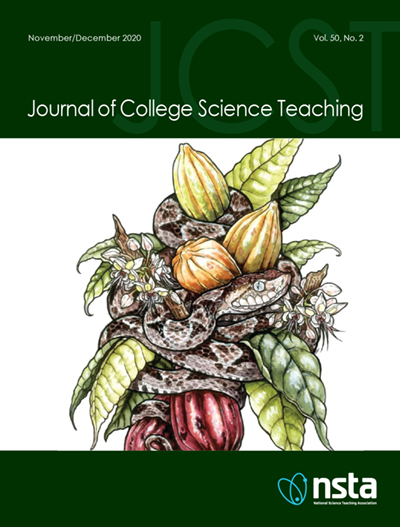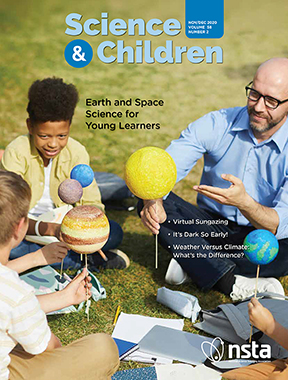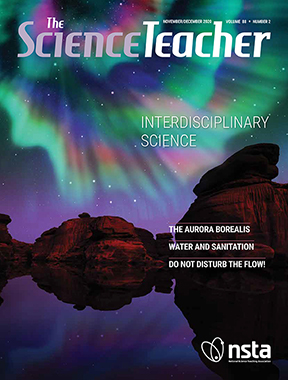Diversity and Equity
Creating Pathways for Equity in STEM Through Family Engagement
Highlighting the Experiences of Hispanic/Latine Youths
From the Field: Events and Opportunities, November 10, 2020
By Debra Shapiro

Press Release
Fourth Annual Shell Science Lab Regional Challenge Now Accepting Entries
Up to $435,000 in Prizes to Be Awarded to Teachers for Finding Innovative Ways to Deliver Quality Lab Experiences to Students
Safety Blog
Cleaning/Sanitizing/Disinfecting PPE for a Safer Lab Experience
By Ken Roy
Posted on 2020-11-02
Idea Bank
The Lives of Staph
Modeling the evolution of Staphylococcus aureus through gameplay
The Science Teacher—November/December 2020 (Volume 88, Issue 2)
By Jacqueline Griffith and Robert Marsteller
The Online Teacher
Conducting Science Labs in a Virtual World
Science Scope—November/December 2020 (Volume 44, Issue 2)
By Denise Wright
Connected Science Learning Receives NSF Grant to Provide New Resources for STEM Educators
By Beth Murphy
Posted on 2020-11-02

Volume 50, Number 2
View the full Digital Edition (flipbook)
For full text, click on an article's title

Volume 50, Number 2
View the full Digital Edition (flipbook)
For full text, click on an article's title

Volume 50, Number 2
View the full Digital Edition (flipbook)
For full text, click on an article's title

Volume 58, Number 2
Earth and Space Science for Young Learners

Volume 58, Number 2
Earth and Space Science for Young Learners

Volume 58, Number 2
Earth and Space Science for Young Learners

Volume 88, Number 2
Interdisciplinary Science

Volume 88, Number 2
Interdisciplinary Science

Volume 88, Number 2
Interdisciplinary Science



